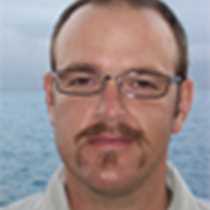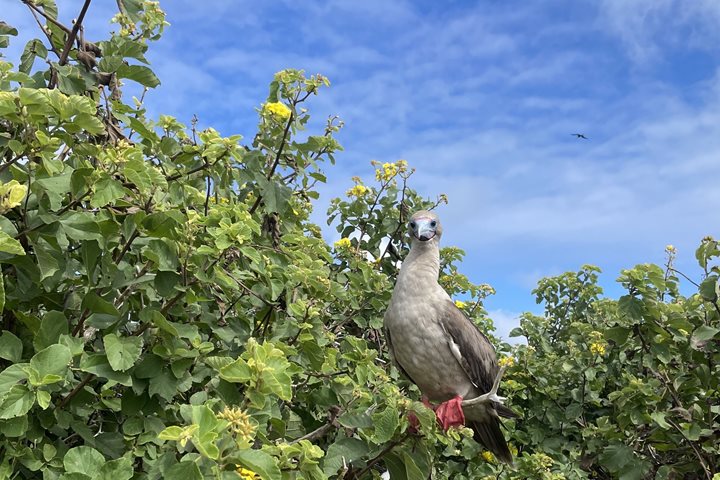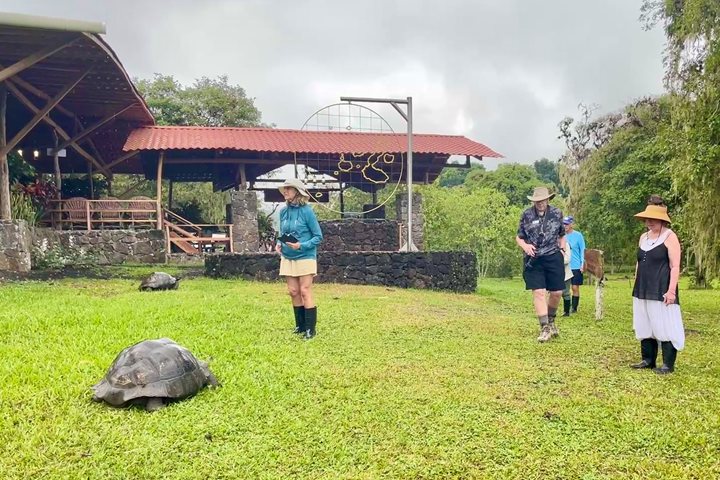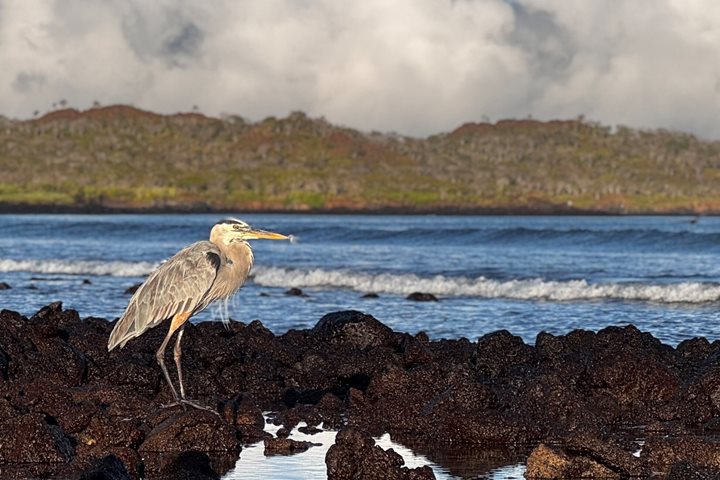As the sun rose this morning and the air cleared, we realized that massive shield volcanoes surrounded us. The western part of Isabela gives us a clear idea of how these volcanic islands were formed, as there are recent flows visible everywhere. We started our exploration of this new land at Urbina Bay, where the terrain was uplifted in 1954 out of the tidal zone due to violent volcanic action. We find remnants underfoot of the seafloor as we encounter giant tortoises, land iguanas, and a plethora of Darwin finches. The afternoon gave us a history lesson as we walked in Darwin’s footsteps at Tagus Cove, gaining an incredible view of the hundred-mile long island of Isabela. We explored every detail of this area, land and sea, as we snorkeled with Galapagos penguins, marine iguanas, and Pacific green sea turtles, and kayaked below the massive tuff cones of the coastal area. We returned to the ship just as the sun burned a warm glow into the land as it dipped into the ether.
5/29/2025
Read
National Geographic Gemini
Genovesa Island
Genovesa is considered one of the Galapagos crown jewels, and today it was showing off all of its splendor. Immediately after breakfast we put on our sturdy shoes and set out to explore Prince Philip’s Steps. This area is known for opportunities to observe not only large colonies of nesting Nazca and red-footed boobies, but maybe, just maybe, the short-eared owl which exhibits diurnal behavior on this island. After this walk we got ready for a dip in the Pacific Ocean and snorkeling along the inner coast of this caldera. The afternoon was equally amazing as we disembarked to explore Darwin Bay, along a short and easy trail that was packed with wildlife. Here we observed not only nesting frigatebirds, red-footed boobies, and Nazca boobies, but also a few yellow-crowned night herons. It was another incredible afternoon in the Galapagos Islands.







